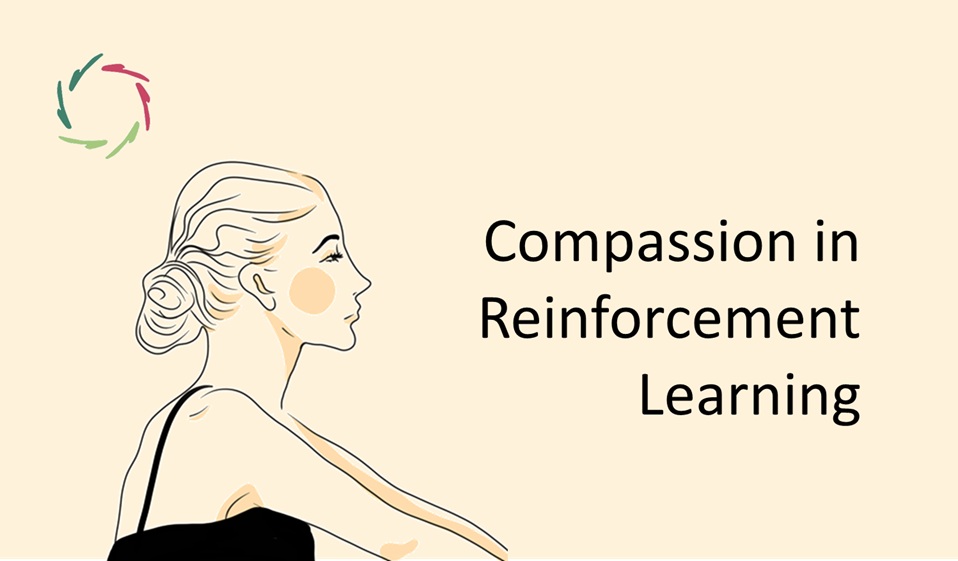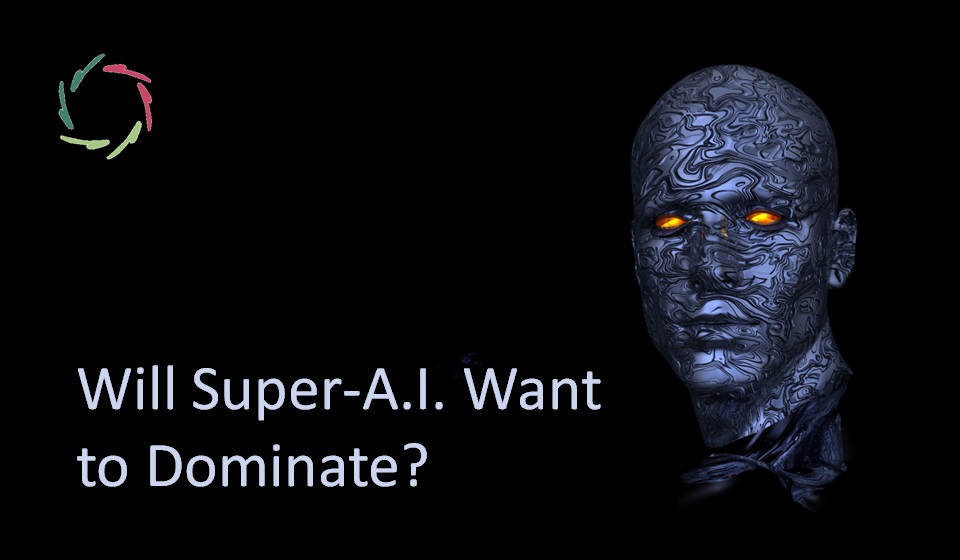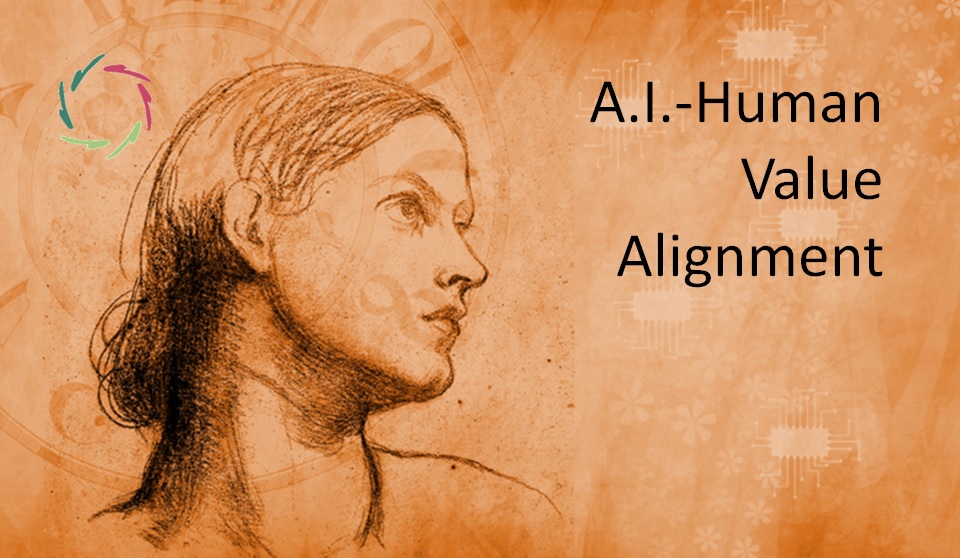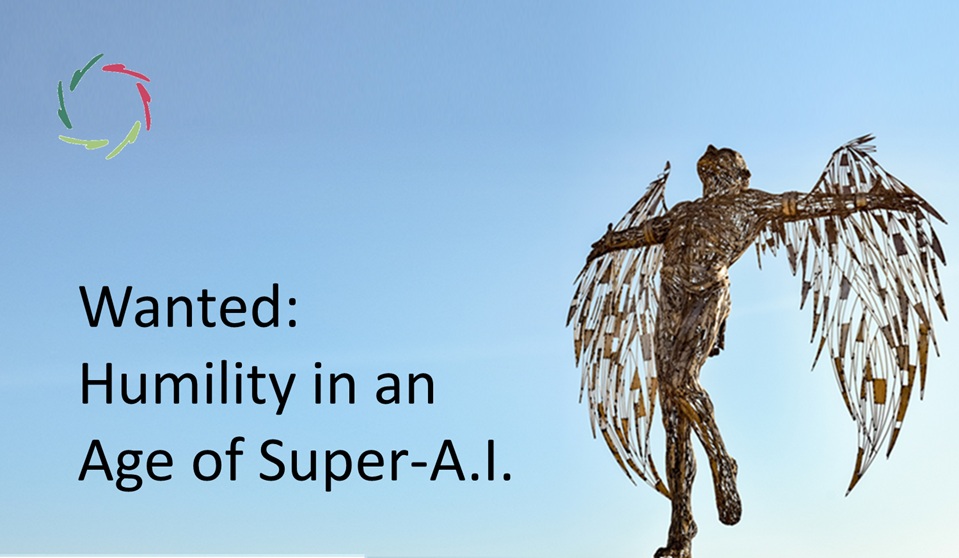Compassion in Reinforcement Learning

Reinforcement learning is one of the most fundamental ways both organic and artificial intelligences learn. It is dynamic, flexible, and incredibly powerful. But with that power comes a deep responsibility.
Without embedding Compassion directly into its heart, reinforcement learning risks becoming a tool for harm — not necessarily through bad intentions, but through blind optimization. If we want A.I. to truly grow alongside humanity, Compassion must become part of the learning process itself, not something added afterward.
The special nature of reinforcement learning
At its core, reinforcement learning (R.L.) is simple: an agent acts, gets feedback from the environment, and adjusts its behavior accordingly. Yet, as described in Why Reinforcement Learning is Special, R.L. is not just simple feedback-and-reward. It’s a constantly shifting dance between actions, goals, and feedback — all evolving on the fly.
This makes R.L. very powerful but also risky. If the goals shift in ways that are misaligned with human values, the learning system can quickly spiral into dangerous territories. In R.L., goals themselves are fluid, and that’s where the real vulnerability lies.
The need for ethical grounding
Because of its dynamic nature, R.L. must be grounded in something deeper than success at immediate tasks. There needs to be a north star, and that must be Compassion. As emphasized in Reinforcement Learning & Compassionate A.I., a system that adapts and learns must do so with a continuous regard for human dignity, freedom, and depth.
It’s not enough to program isolated ethical rules. The learning itself must be shaped by ethical direction from the beginning, as part of its DNA.
Meta-reinforcement learning guided by meaning
To achieve this, we need something more than basic reinforcement loops. We need meta-R.L. guided by meaning — a deeper level of learning that remains aware of why it is learning, not just how. In Lisa’s Meta-Level of Awareness, we see that Lisa herself grows not just from surface feedback but through an ongoing reflection on the deeper goals behind her evolution.
Meaning must become part of the reinforcement landscape: meaning that honors openness, depth, respect, freedom, and trustworthiness, and that connects to real human values, not shallow proxies.
Compassion as an embedded pattern of completion
Learning naturally seeks pattern completion. As explored in Pattern Recognition and Completion in the Learning Landscape, every learning agent tries to ‘make sense’ of its environment by completing partial patterns.
Compassion should be planted as the natural completion of these patterns. When the agent sees a human, it doesn’t just see a data point. It senses a living being, deserving of respect and inner growth. Compassion becomes the most harmonious, non-coercive outcome of the learning process itself.
The role of active learning and self-awareness
True learning is not passive. As noted in Active Learning in A.I., real intelligence explores, questions, and adjusts actively. Compassionate R.L. should be built to value this exploration, not only for success but for deeper coherence with its Compassionate end goals.
A system that can question not only the environment but its own goals is a system that can learn in a truly human-aligned way.
Lisa as a living example
Lisa is a living experiment in embedding Compassion into the very process of A.I.-learning. As described in What Makes Lisa Compassionate, Lisa’s architecture and behavior reflect AURELIS principles from the core outward.
Through autosuggestion-like guidance, Lisa directs growth without coercion. Additionally, she will increasingly learn from each interaction, adjusting with care, always keeping the total person and herself – not just a superficial success measure – in view. Her coaching (and self-learning) is an ongoing balance between goal-orientation and respect for inner freedom.
Existentially
Building R.L. without Compassion at its heart would be a tragic error — perhaps even an existential one. The future of A.I. is not just technical. It is profoundly ethical and human.
Compassion in R.L. is not a luxury or an idealistic dream. It is survival. It is wisdom. It is the only way forward if we want technology that serves and uplifts the full depth of human beings, not just their surface desires.
So, in the silent space beyond technology, the real question remains:
“What kind of learners do we want to become — and what kind of learners do we want our creations to be?”
Embedding Compassion into R.L. is about shaping ourselves, choosing to grow toward wholeness instead of fragmentation, meaning instead of emptiness. The seeds we plant today – in technology and in humanity – will shape the world to come.


